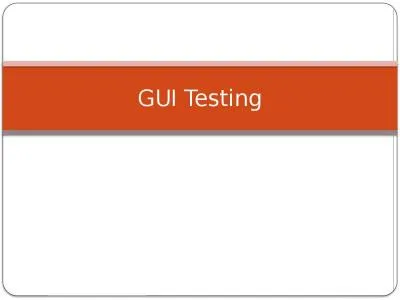PPT-Testing Your Program:
Author : natalia-silvester | Published Date : 2017-10-31
Input Space Partitioning CS 1110 Introduction to Programming Spring 2017 Software is Everywhere 2 CS 1110 Software Failures 3 1997 Ariane 5 explosion Exception
Presentation Embed Code
Download Presentation
Download Presentation The PPT/PDF document "Testing Your Program:" is the property of its rightful owner. Permission is granted to download and print the materials on this website for personal, non-commercial use only, and to display it on your personal computer provided you do not modify the materials and that you retain all copyright notices contained in the materials. By downloading content from our website, you accept the terms of this agreement.
Testing Your Program:: Transcript
Download Rules Of Document
"Testing Your Program:"The content belongs to its owner. You may download and print it for personal use, without modification, and keep all copyright notices. By downloading, you agree to these terms.
Related Documents

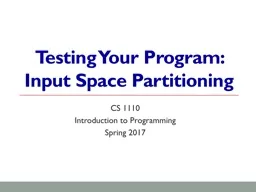
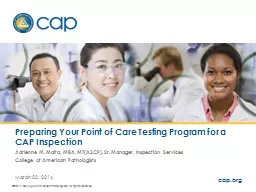
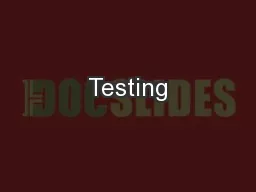
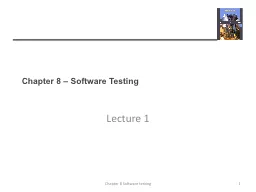
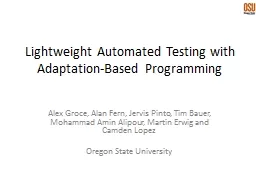
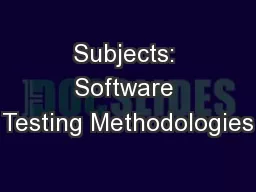

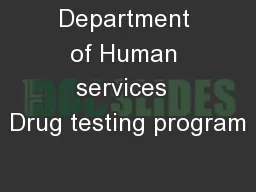
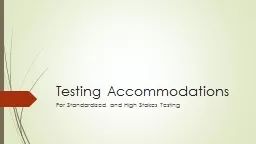
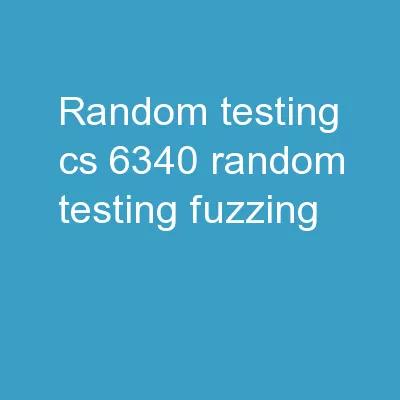
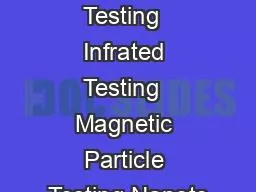
![[FREE]-Unit Testing Principles, Practices, and Patterns: Effective testing styles, patterns,](https://thumbs.docslides.com/980180/free-unit-testing-principles-practices-and-patterns-effective-testing-styles-patterns-and-reliable-automation-for-unit-testing-mocking-and-integration-testing-with-examples-in-c.jpg)

